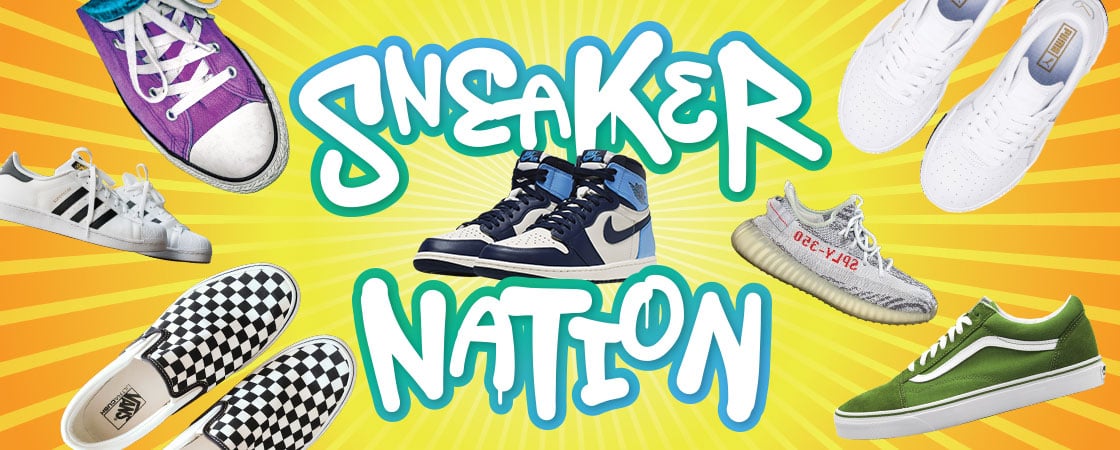Anna Starecheski: Have you always been into sneakers?
Jonathan Guisbert: I started getting into sneakers when I was about 13. Growing up in New York, basketball was a big part of the culture. I remember watching older guys play at a park in Queens, looking at their flashy shoes and wondering what they were made of. I wondered, if I had shoes like them, would I play better? That moment is what got me interested in sneakers, but I wasn’t a big collector. I appreciated them, but I couldn’t afford to buy that many shoes.
AS: What’s the first sneaker that you loved?
JG: When Kobe Bryant started playing in the NBA, he wore Adidas Crazy 8 sneakers. He’s my favorite player of all time, and the shoes were so unique. I remember playing in them and just feeling different. It was like I had a little bit of Kobe energy in me.
AS: Were you always interested in design?
JG: No, not exactly. When I was a kid, I was super into reading. I didn’t even know what a designer was, and I wasn’t particularly artistic. After college, I was working in finance, but I started taking night classes at the Fashion Institute of Technology in New York City.
AS: Is there a typical career path to get into design?
JG: I don’t think there’s a standard way to get into the field. I’ve met designers who were sculptors, architects, chefs—people from all different fields.
AS: Of the sneakers you’ve designed, which one is your favorite?
JG: My first design, the Boost You Wear. They were inspired by the Crazy 8 shoes! They showed that all my years of hard work getting into design had paid off.
AS: What inspires your sneaker designs?
JG: It varies. Sometimes I find inspiration in a movie or hardware store or museum, or I get inspired walking around or while on a hike. When you get into design, your mind starts opening up. You become more observant, and that allows you to take inspiration from anywhere, really.
AS: What’s the best part of your job?
JG: Oh, man. My favorite part is the beginning of a new season. It’s like a fresh start. It’s the most fun because you’re able to explore without any limits. You’re not worried about any boundaries that you’ll have to consider later, like how much the shoe will cost or what materials you’ll use. You’re just using pure imagination.
AS: What’s the hardest part of your job?
JG: It’s hard to share your ideas and have people not like them. I didn’t realize how emotional the job would be.
AS: What advice would you give to someone who wants to be a designer?
JG: Think like a beginner. Be open to learning new things. And don’t give up. If you’re lucky enough to find something that you love to do, you just need to go for it and be persistent.

